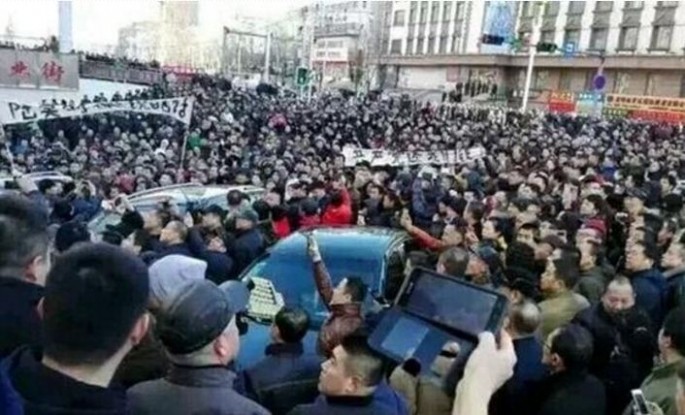China will again flirt with massive social unrest after it announced new plans to slash 500,000 more jobs in the steel industry that's producing more steel than the market needs, and the coal industry whose product is causing the massive pollution endangering the health of millions of Chinese.
Triggering the cuts is China's rapidly slowing economy, which is having difficulty transitioning from a maker of cheap goods powered by cheap labor to a technological economy where innovation and technology guarantee economic growth.
China makes more than half the world's steel, but the stubborn economic slowdown and weak global demand has left the industry with a massive over supply.
Yin Weimin, Minister of Human Resources and Social Security, announced the new cuts and said the laid-off workers will enter a job placement program or be offered early retirement.
The communist government in 2016 announced plans to do away with a total of 1.8 million steel and coal jobs. It cut about 726,000 jobs in 2016.
"The whole process was smooth and orderly," said Yin of last year's firings.
"There were no major conflicts or issues."
But there have been protests and street rallies slamming the lay-offs. In April 2016, hundreds of steelworkers in northern Hebei province took to the streets after being fired from their jobs.
A year ago, China said it intends to cut almost two million jobs in the steel and coal sectors as part of a bid to cut overcapacity and re-start the slowing economy.
Yin at the time said 1.3 million workers will be fired in the coal industry, along with 500,000 workers in the steel industry. Most of these workers came from state-owned enterprises, which are notorious for their inefficiency and inferior products.
The move came after a fall in coal consumption to 3.7% in 2015 compared to a reduction of 2.9% in 2014.



























